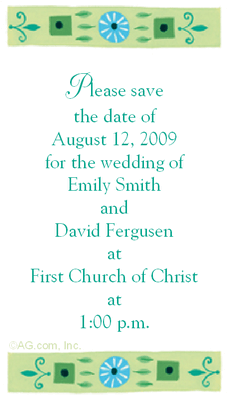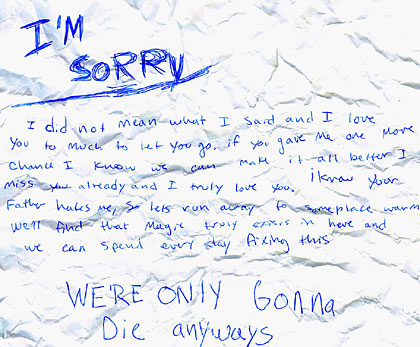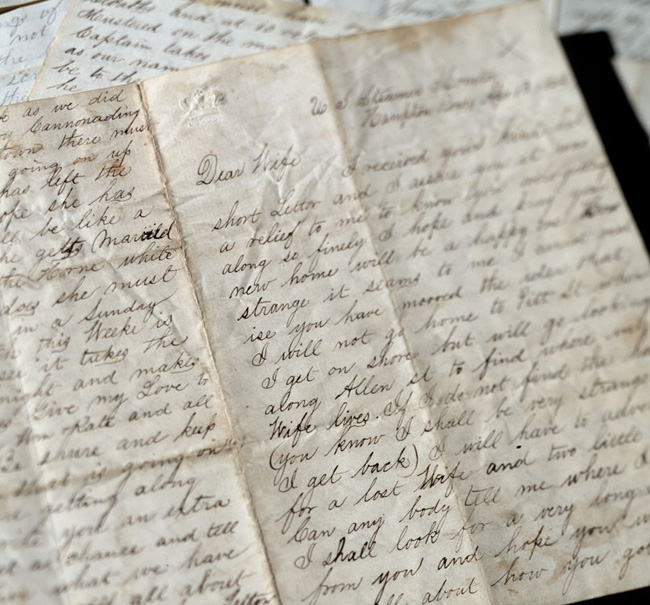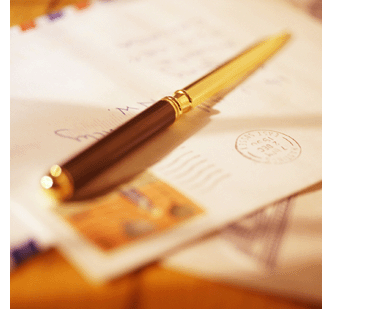
Remember how much you hated it when Aunt Myrtle kissed you? It doesn’t hurt to let your child know that you hated it, too, but that you put up with it. Tell your youngster that the best strategy in handling this situation is simply to try to avoid it by sticking out his hand to shake. If that doesn’t work, he can turn his head a little at the last moment so that the kiss becomes a brush on the cheek. This motion is also a way of communicating the fact that he doesn’t like being kissed. But, no matter what, relatives are going to kiss kids, and it is uncool to refuse or to squirm around like an angry eel.
Also, it’s okay for your child to tell you that Aunt Myrtle’s gift is silly or ugly, but Aunt Myrtle must never know. Your response is that not everyone shares the same tastes and that the important thing is that Aunt Myrtle likes you and respects you enough to give you a gift. Explain to your child that he should, at the least, thank Aunt Myrtle and say, “It was really nice of you to think of me.” If pressed, the child can say, “Of course, I like it. You gave it to me.”
On the subject of gifts, keep in mind that youngsters are often discriminated against in stores. Teach your children to speak up for themselves in the right way. If they can see that they are being passed over in favor of adults, it is okay for them to politely say, “Excuse me, I think I’m next in line.” If they are being ignored when no other customers are around, youngsters can say: “Could you please help me?” Teach your child to ask for assistance, rather than to try to get someone’s attention by coughing, for example.
If your child asks you whether it is okay to ask an adult to stop smoking, say, “It depends.” You can’t ask someone to stop smoking in someone’s home or in other private places where smoking is permitted. Tip: If ashtrays are available, smoking is expected and permitted. You can ask someone not to smoke in public places where smoking is prohibited, but you must do so correctly. Here again, coughing is not an adequate way to let people know that smoke bothers you. Tell your child to say, “Would you please stop smoking?”
but don’t make a challenge or an accusation out of it. A good strategy is to tell the child to imagine that he or she is saying something like “It’s raining outside” and say, “Would you please stop smoking?” with the same facial and vocal expression.

 Kids and adults sometimes think of each other as alien species. This situation is tougher on kids than it is on adults because adults are bigger and know more. Both, however, tend to be a little uncomfortable when they meet for the first time. Adults may deal with this discomfort by saying dumb things like “Last time I saw you, you were wearing diapers.” Children sometimes deal with it by sulking or being silent or trying to be invisible.
Kids and adults sometimes think of each other as alien species. This situation is tougher on kids than it is on adults because adults are bigger and know more. Both, however, tend to be a little uncomfortable when they meet for the first time. Adults may deal with this discomfort by saying dumb things like “Last time I saw you, you were wearing diapers.” Children sometimes deal with it by sulking or being silent or trying to be invisible.


 The pope of the Roman Catholic Church is addressed as His Holiness, the Pope, or as
The pope of the Roman Catholic Church is addressed as His Holiness, the Pope, or as















 Letter Sheet
Letter Sheet





 A closing to your note should reflect the nature of your relationship with the recipient. A flat yours truly will disappoint and perhaps offend a close friend. Leave the L word alone unless the recipient is a very close friend. Here are some closings listed in a more or less declining order of intimacy.
A closing to your note should reflect the nature of your relationship with the recipient. A flat yours truly will disappoint and perhaps offend a close friend. Leave the L word alone unless the recipient is a very close friend. Here are some closings listed in a more or less declining order of intimacy.






 The congratulation letter is one of the easiest and happiest of letters to write. It is also the sort of letter that a family may keep for years.
The congratulation letter is one of the easiest and happiest of letters to write. It is also the sort of letter that a family may keep for years.







 Escort your guests to the door. Shake hands and thank them for coming. Remind them about the next meeting, or if one has not yet been scheduled, say you will call them within a week. (And make sure that you do call within that time frame.) The guest should thank the host, praise the restaurant, and within two days, send a handwritten note. If your penmanship truly resembles Chinese algebra, you may type the note, but a handwritten note is infinitely more desirable. Under no circumstance should you fax or e-mail your thanks.
Escort your guests to the door. Shake hands and thank them for coming. Remind them about the next meeting, or if one has not yet been scheduled, say you will call them within a week. (And make sure that you do call within that time frame.) The guest should thank the host, praise the restaurant, and within two days, send a handwritten note. If your penmanship truly resembles Chinese algebra, you may type the note, but a handwritten note is infinitely more desirable. Under no circumstance should you fax or e-mail your thanks.

